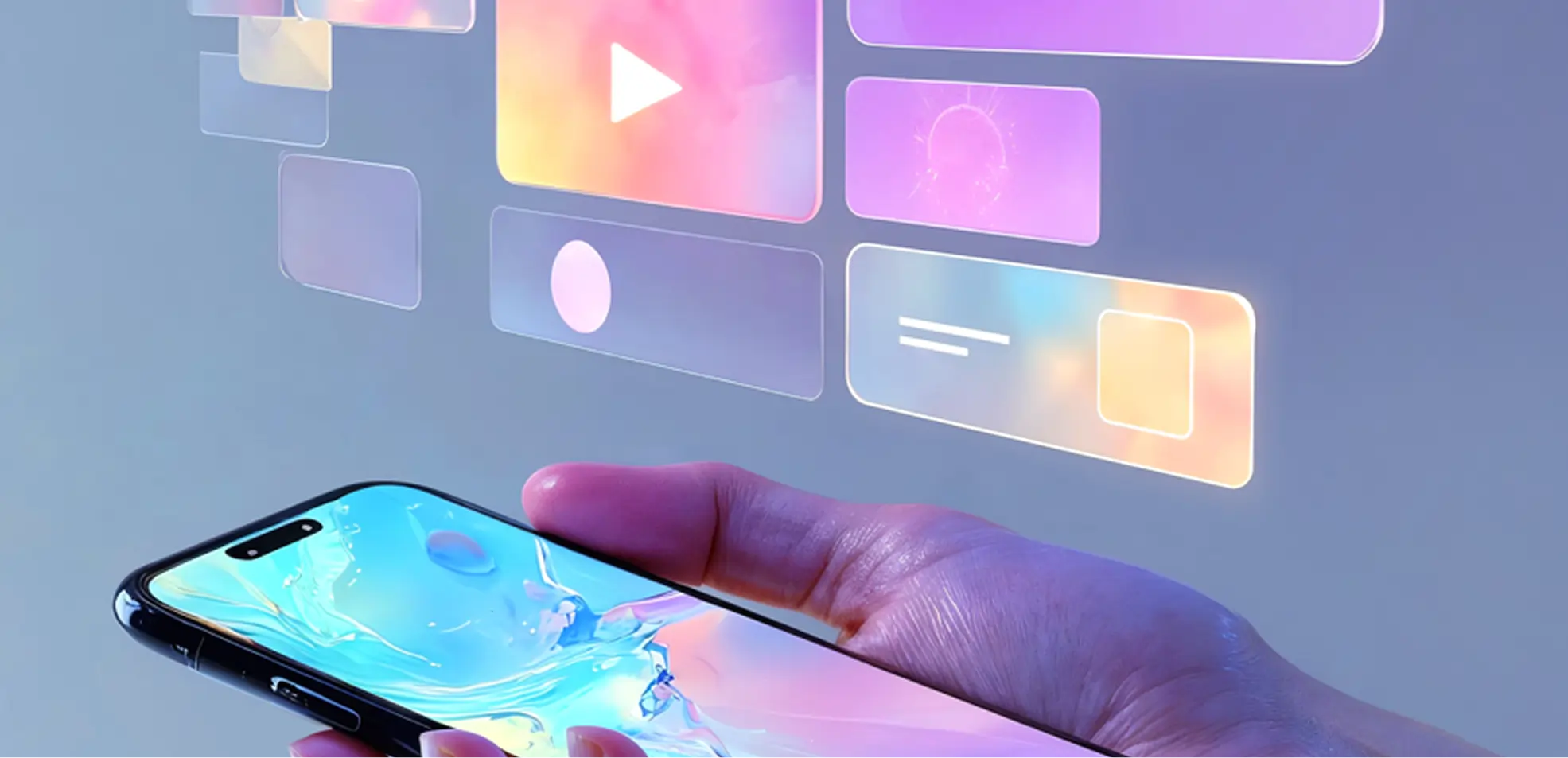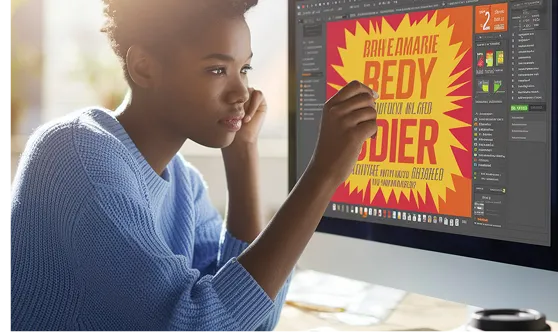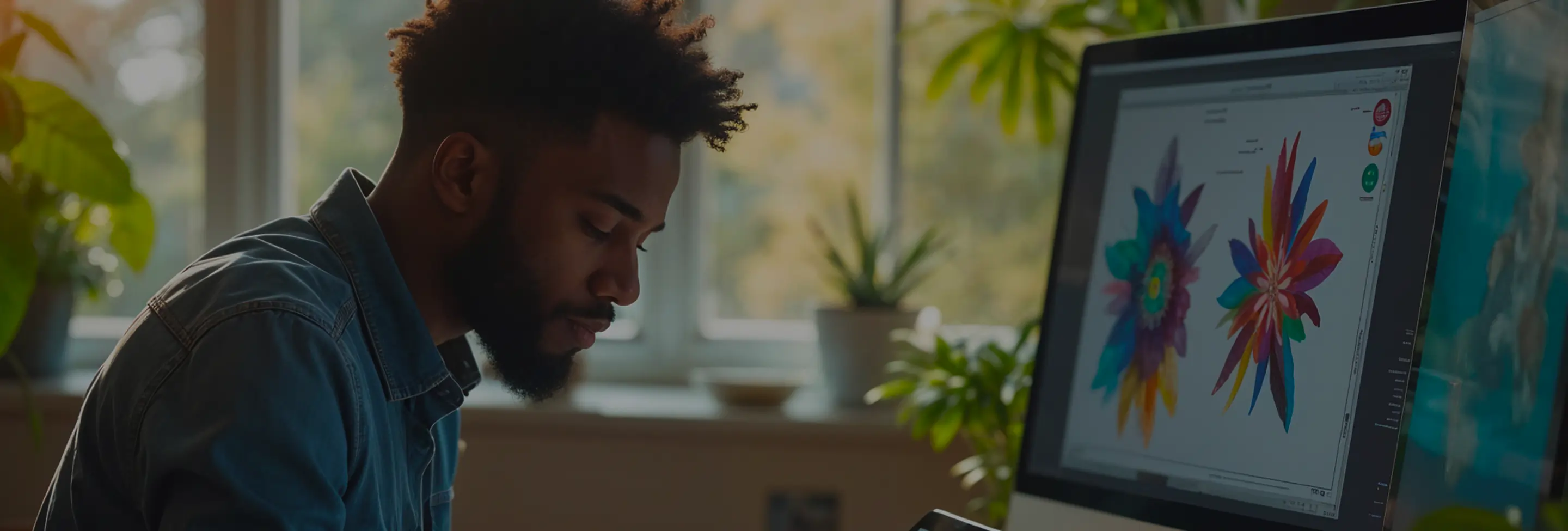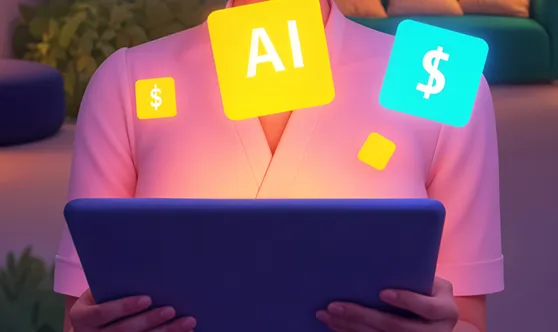
Our review of over 2,000 marketing campaigns utilizing AI-generated flyers uncovered the top 15 questions that marketers and designers frequently encounter. These inquiries address everything from initial setup challenges to advanced customization techniques, representing the majority of successful and problematic implementations. This comprehensive Q&A aims to provide clear, actionable answers to help you optimize your AI flyer strategies effectively.
Answer:
AI flyers are promotional materials created using artificial intelligence tools that leverage machine learning algorithms to design, customize, and optimize flyer content automatically. Unlike traditional flyer design, which requires manual input from designers using software like Adobe Illustrator or Photoshop, AI flyers streamline the process by generating layouts, selecting color schemes, and even crafting persuasive copy based on user inputs and data analysis.
Example:
A small business owner using an AI flyer tool can input key information about an upcoming sale, and the AI generates multiple flyer designs tailored to the target audience, saving time and ensuring consistency across marketing materials.
Common Misconception:
Many believe AI flyers lack the creative touch of human designers. In reality, AI tools augment creativity by providing diverse design options that designers can further refine.
Actionable Solution:
Start by selecting an AI flyer platform that integrates with your existing marketing tools. Experiment with different templates and customize them to align with your brand identity to find the perfect balance between automation and personalization.
Answer:
Selecting the appropriate AI flyer tool involves evaluating several factors:
Example:
Platforms like Canva and Adobe Spark offer robust AI-based flyer creation features with extensive template libraries and easy customization, making them suitable for both beginners and experienced marketers.
Actionable Solution:
Create a shortlist of AI flyer tools based on the above criteria and take advantage of free trials to assess which tool best meets your business needs before committing to a subscription.
Answer:
AI enhances the flyer design process by automating repetitive tasks, providing data-driven design suggestions, and enabling rapid iteration. AI can analyze audience demographics and preferences to recommend color schemes, fonts, and layouts that are more likely to engage the target market. Additionally, AI-driven tools can A/B test different designs to determine which version performs better, ensuring that the final flyer is both aesthetically pleasing and effective in achieving its goals.
Example:
An AI tool might analyze past flyer performance data to suggest a layout that has historically resulted in higher conversion rates, thereby increasing the chances of your current campaign's success.
Common Misconception:
AI cannot replace human creativity. In reality, AI serves as a powerful assistant that enhances creativity by providing smart suggestions and automating mundane aspects of the design process.
Actionable Solution:
Leverage AI tools to generate initial design concepts and use human creativity to refine and customize these suggestions, ensuring that the final flyer aligns with your brand's unique voice and vision.
Answer:
To effectively customize AI-generated flyers, follow these best practices:
Example:
After generating a flyer with an AI tool, a marketer might customize the color palette to match the company's branding and adjust the CTA to be more specific, such as "Sign Up Today for 20% Off!"
Actionable Solution:
Review each AI-generated flyer critically and make necessary adjustments to ensure it aligns with your brand and effectively communicates your message. Utilize feedback from your team or test audiences to refine the flyer further.
Answer:
AI flyers can seamlessly integrate with various marketing platforms to enhance overall campaign effectiveness. Integration capabilities may include:
Example:
Integrating AI flyer tools with Mailchimp allows marketers to embed personalized flyers within email newsletters, tracking open rates and click-throughs to gauge campaign success.
Common Misconception:
AI tools are standalone solutions. In actuality, many AI flyer platforms offer robust APIs and integration options that enhance their functionality within your existing tech stack.
Actionable Solution:
Identify your key marketing platforms and explore AI flyer tools that offer native integrations or APIs. Implement these integrations to create a cohesive and streamlined marketing workflow.
Answer:
Key metrics to assess the effectiveness of AI flyers include:
Example:
A campaign using AI-generated flyers sees a 25% higher engagement rate compared to traditional designs, indicating that the AI's design optimizations are effectively capturing the audience's attention.
Actionable Solution:
Implement tracking tools and set up analytics dashboards to monitor these metrics continuously. Use the insights gained to refine your flyer designs and strategies for future campaigns.
Answer:
Common issues include:
Design Inconsistencies: AI-generated designs may sometimes stray from brand guidelines.
Limited Customization: Some AI tools may offer limited options for personalization.
Low Engagement Rates: Flyers may not perform as expected.
Technical Glitches: Software bugs or integration issues can disrupt the flyer creation process.
Example:
A marketer notices that AI-generated flyers lack the desired color scheme. By updating the brand settings within the AI tool, the next batch of flyers aligns perfectly with the company's branding.
Actionable Solution:
Establish a regular review process for AI-generated flyers to catch and address issues early. Utilize support resources and community forums to troubleshoot and resolve technical problems promptly.
Answer:
Optimizing AI flyers for diverse audience segments involves:
Example:
A retailer creates separate AI-generated flyers for millennials and baby boomers, adjusting the language, imagery, and offers to match each group's distinct preferences, resulting in higher engagement across segments.
Common Misconception:
Personalization requires significant manual effort. In reality, AI tools can automate much of the customization process, enabling efficient targeting of multiple segments.
Actionable Solution:
Integrate your CRM data with your AI flyer tool to leverage detailed audience insights. Use these insights to create tailored flyer variations for each segment, enhancing relevance and effectiveness.
Answer:
To ensure high-quality AI-generated flyers:
Example:
A nonprofit organization sets clear goals for their fundraising flyers and supplies the AI tool with detailed mission statements and branding guidelines, resulting in compelling and cohesive flyer designs that drive donations.
Actionable Solution:
Establish a workflow that combines AI automation with human review. Set clear objectives and provide the AI tool with thorough inputs to maximize the quality and effectiveness of the generated flyers.
Answer:
AI flyers can enhance multichannel marketing by providing consistent and adaptable designs across various platforms. Here's how to leverage them:
Example:
A business uses AI-generated flyers tailored for Instagram, email newsletters, and physical distribution, each optimized for the specific channel while maintaining a cohesive brand identity.
Common Misconception:
AI flyers cannot be effectively used across different marketing channels. In truth, AI tools often provide versatile templates and customization options designed for various platforms.
Actionable Solution:
Plan your multichannel campaign strategy ahead of time and use AI flyer tools that support platform-specific customization. Ensure that each flyer version is optimized for its respective channel while maintaining brand consistency.
Harnessing the power of AI in flyer creation can significantly enhance your marketing efforts by saving time, ensuring consistency, and optimizing engagement. By addressing these expert-level questions, you can navigate the complexities of AI flyer tools and implement strategies that drive successful campaigns. Whether you're a marketer, designer, or business owner, these insights provide a solid foundation for maximizing the impact of your AI-generated flyers.
Important Notes:
For further assistance, consider reaching out to AI flyer experts or participating in community forums where you can share experiences and learn from others in the field.




Subscribe to our newsletter to receive $100 off your first month of Tapflare's flat rate unlimited design and development service. Your coupon code will be sent to your email.